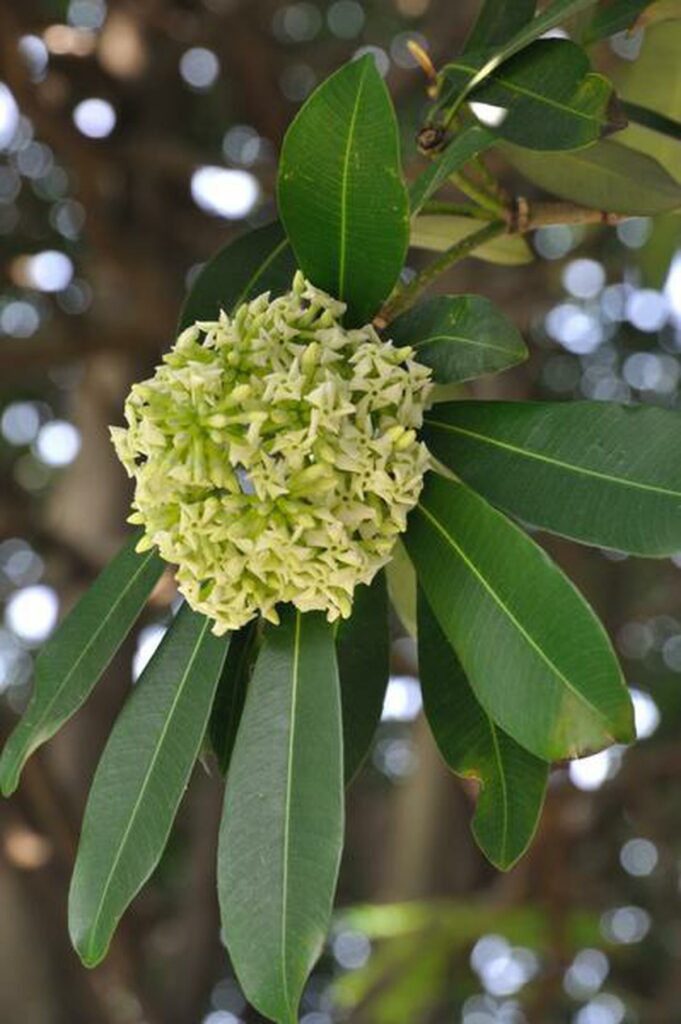Blackboard tree
Alstonia scholaris
Description
Alstonia scholaris is a large, evergreen tree growing up to 40 m. It grows in tropical and subtropical climates with high humidity and regular rainfall. It’s often found in rainforests and monsoon forests. The leaves are elliptic, thick, dark green above and paler greyish-green below, arranged in whorls of 4-8 leaflets. Small white-cream flowers are arranged in a bunch at the center of the leaflets and have a strong fragrance of burnt sugar. Flowers bloom once a year from October to March.
Place of origin
South East Asia
Ethnobotanical uses
The bark contains alkaloids and is used to treat malaria as well as abdominal pain, diarrhoea, toothaches and snakebites. It can be found is local herbal shops as “Dita bark”. Its lightweight wood is used to make coffins, floats, corks, packing boxes, matchsticks and household ustensils. The wood was also used to make slates for schoolchildren, that is why it is called “blackboard tree”. The latex extracted from the trunk is used to make chewing gum and used as glue by local tribes in Australia. Flowers attract honey bees and this tree is considered to be a major bee plant in Blangadesh’s apicultural industry.
IUCN conservation status
Least Concern (LC)



